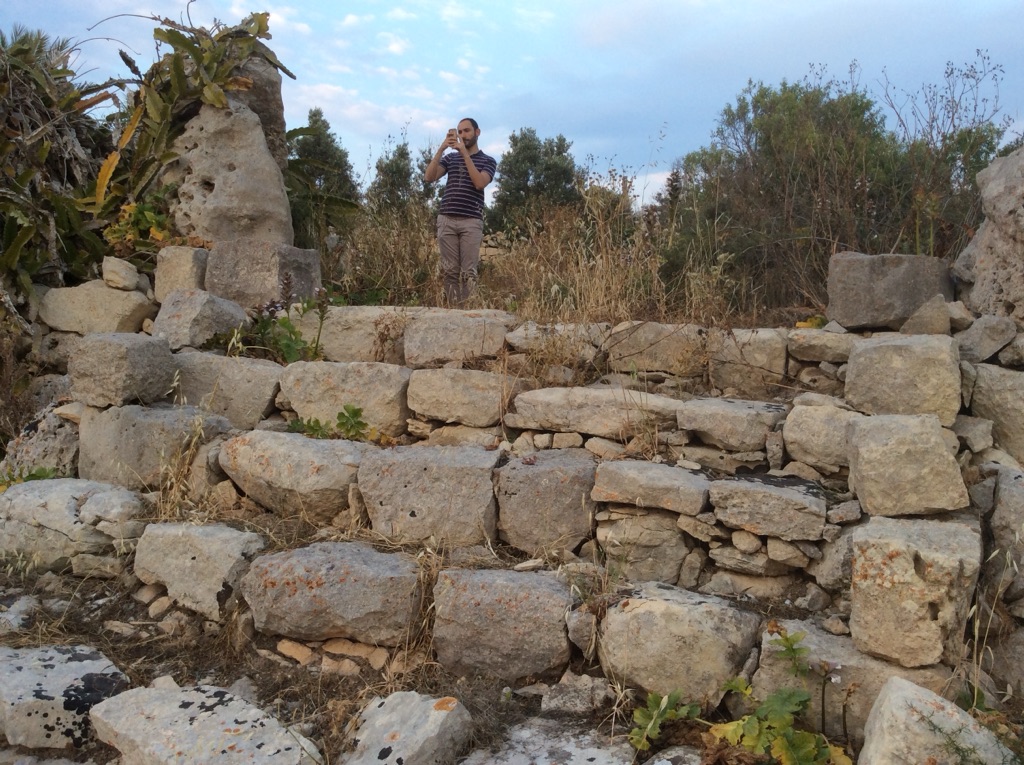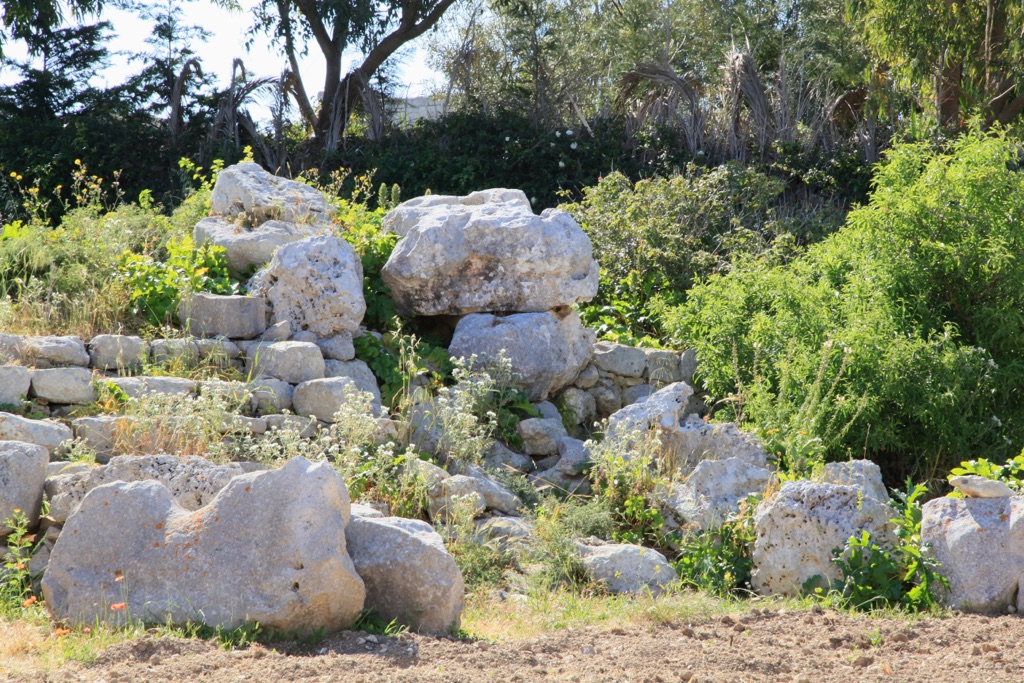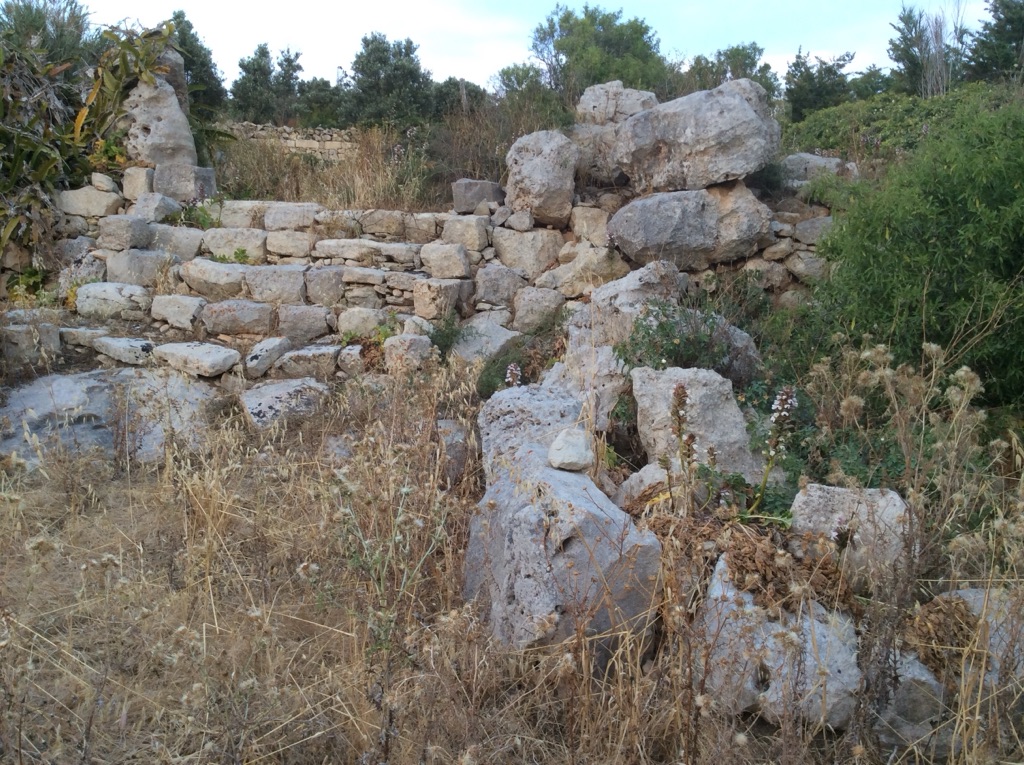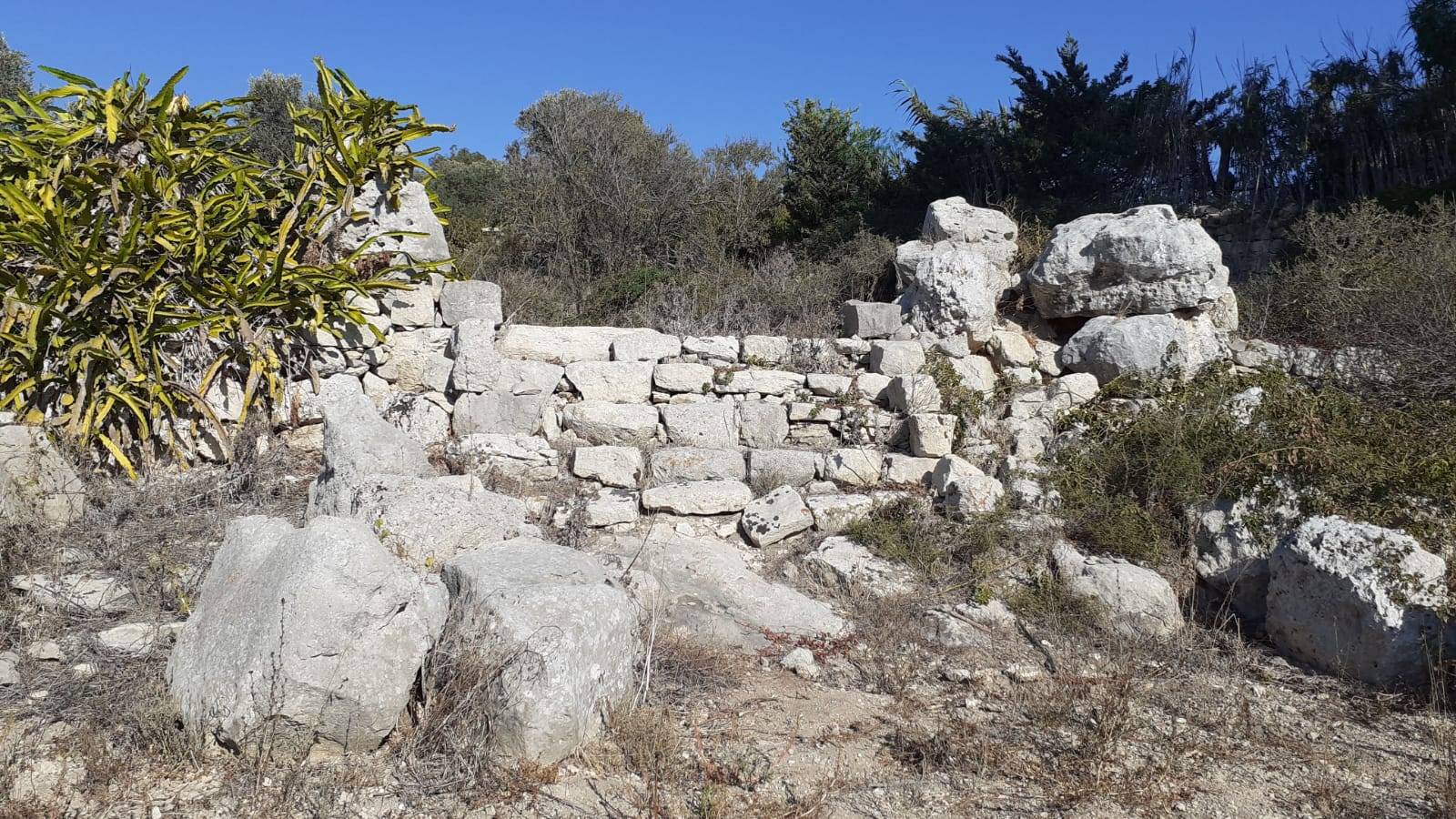Tal-Qadi Temple: A Unique Megalithic Structure in Malta
The Tal-Qadi Temple, situated in Salina within the limits of Naxxar, Malta, represents a significant yet enigmatic piece of Maltese prehistoric architecture. Unlike the majority of megalithic temples on the island, which are in a relatively better state of preservation, Tal-Qadi stands out not only for its unique orientation but also for its current poor condition, with only the general outline of the temple discernible today.
Get your dose of History via Email
Historical Context and Construction
The area where Tal-Qadi Temple is located was likely first utilized around 4000 BC, during what is known as the Ġgantija phase of Maltese prehistory. However, the construction of the temple itself did not commence until the Tarxien phase, which spanned from 3300 to 3000 BC. This period is notable for the sophisticated architectural developments in temple construction, and Tal-Qadi is no exception, despite the limited remains that survive. The site continued to be of religious or ceremonial importance into the Tarxien Cemetery phase, as evidenced by pottery shards from this era found on-site.

One of the most distinctive features of Tal-Qadi Temple is its orientation towards the northeast. This is in stark contrast to the majority of Maltese temples, which generally face south or southeast. The unique orientation of Tal-Qadi is likely due to the geographical constraints of the site, specifically the steep slope to the south that would have made a southern orientation impractical.
Architectural Features
Today, the remnants of Tal-Qadi Temple are sparse, with the primary visible elements being the general layout of the temple and the remains of a central area and two apses. It is believed that the temple originally had a four-apse plan, a common feature in the late temple period, though no traces of the temple’s façade or the outer pair of apses have survived. The existing apses and the central area hint at the once complex and significant structure that stood on this site.

Excavations and Discoveries
The temple was first brought to the attention of the archaeological community in 1916 by Henry Sant, a government civil engineer. Subsequent excavations in 1927 by Themistocles Zammit and L. Upton Way revealed the scattered remains of the temple, which had been further disturbed by the site’s tenant prior to its identification as a temple. This destruction likely included elements of the temple’s façade or outer casing.
A notable discovery from the early excavations is a broken globigerina limestone slab, found within the temple’s confines. This slab, adorned with incised star-like figures and a crescent shape, is believed to possibly represent a star map or a moon calendar. This artifact, now housed in the National Museum of Archaeology in Valletta, underscores the astronomical knowledge and capabilities of the temple’s builders.

Conclusion
Despite its dilapidated state, Tal-Qadi Temple remains a site of immense historical and archaeological significance. Its unique orientation, the remnants of its architectural features, and the intriguing artifacts discovered within its bounds offer valuable insights into the prehistoric inhabitants of Malta and their sophisticated understanding of architecture and astronomy. Further research and conservation efforts are essential to preserve and better understand the legacy of Tal-Qadi and its place within the broader context of Maltese prehistoric sites.
Sources:

